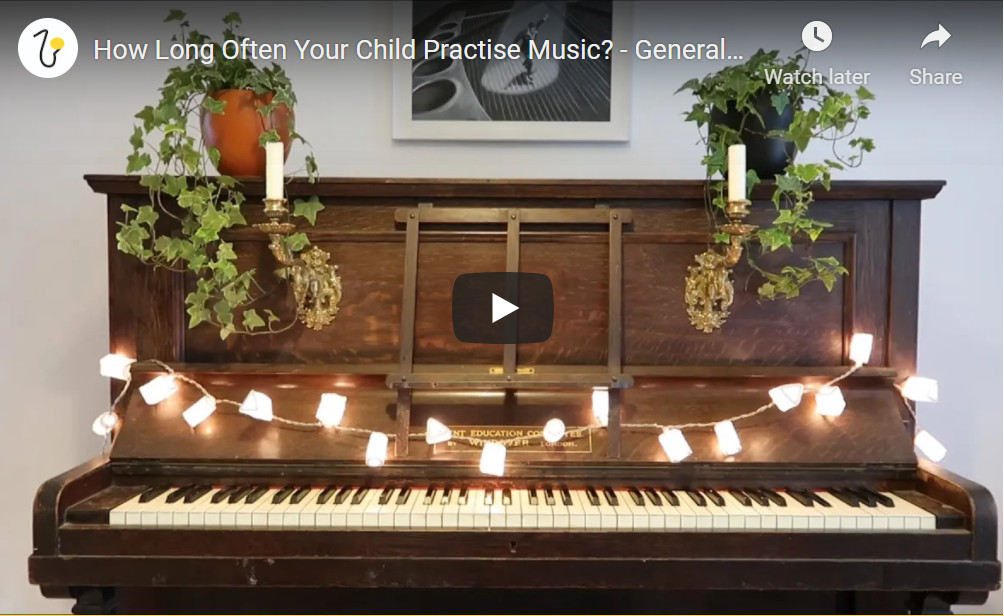One of the most common queries from parents is 'how often should my child be practising their musical instrument?' Or, 'How long should my child practise for?' In this short article and tutorial, I'll give you a few simple tips on how to structure and maximise your child's practise during the week. Hope it's helpful!
Introduction
A few simple changes to your child's practise routine can really make a difference to the uptake and effectiveness of their practise. This means they will have to practise the material fewer times, helping keep it fresh and exciting!
How Often?
The basic rule of thumb for beginner's practise is a minimum of four times per week, each practise 'visit' at a duration of 15 minutes max. Even better is to fix the practise session at the same time, which will help your child to develop a familiarity and routine with practising.
A study on the psychology of learning showed that after 18 minutes of intensive stiudy, concentration starts to drop off, making the study increasingly less effective. With this in mind, two shorter practise visits today is even better than one. With practising an instrument, it's not so much making your movements with your fingers that makes improvements, but recalling the material and how to practise it that internalises the physical and mental techniques required to become a good musician.
Practise Together
Playing music is all about community. One of the names to describe a band of musicians is 'ensemble' - French for 'together.' You can't become a great musician by playing alone, and the same is true for practise. Where possible practising should also be a communal activity.
One of the key benefits of communal practise is that it helps the student become more aware of when they are making mistakes, but it also shows children that mistakes can be fun too, and that they are a normal part of learning. If a child can see their parent making mistakes and struggling with the same material it can build confidence and help them have a better understanding of the challenges of learning an instrument.
Managing the Practise Space
A key point to remember! Practising music is fun! But let's be real, it's not as fun for a child as playing a video game, watching their favourite show or playing with their favourite toy. Keep these immediate sources of fun AWAY from the practise session, even if you can't keep them out of the practise space entirely. TVs, phones, tablets and toys have a strong emotional connection for a child. We want to try to establish the same kind of connection with the instrument. Over time with careful management and fun practise time, this is possible!
Round Up
If you've enjoyed this tutorial please Subscribe to the Sax Teacher UK Channel. See you soon!
